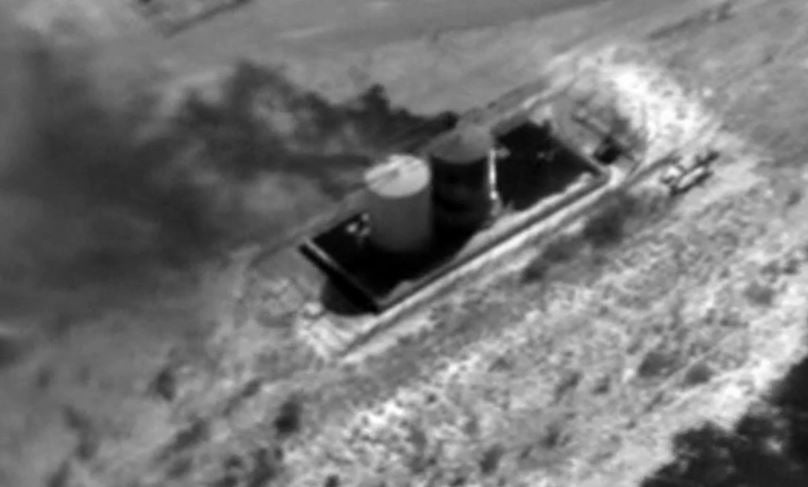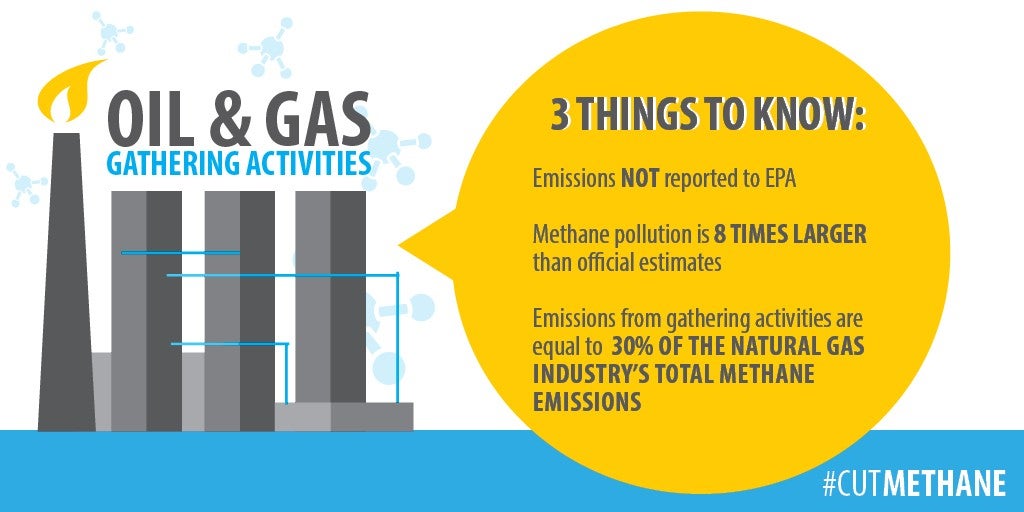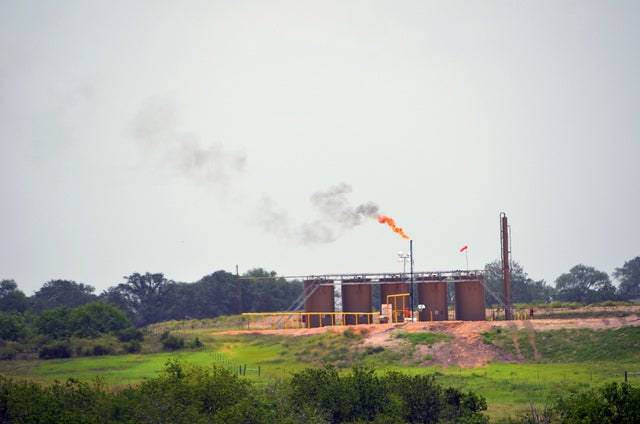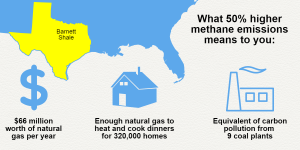 The U.S. Environmental Protection Agency took a big step this week, announcing the nation’s first methane pollution standards for the oil and gas industry. But to understand the impact of these new draft rules, it’s important to look at what they do – and what they don’t – and measure them against the nation’s bold but readily achievable goals set out by the Obama administration earlier this year.
The U.S. Environmental Protection Agency took a big step this week, announcing the nation’s first methane pollution standards for the oil and gas industry. But to understand the impact of these new draft rules, it’s important to look at what they do – and what they don’t – and measure them against the nation’s bold but readily achievable goals set out by the Obama administration earlier this year.
The president’s target of reducing methane emissions by 40 to 45 percent in the next decade is historic – currently there are no national limits on methane pollution from the oil and gas industry. It’s also critical to protecting the climate and public health – methane packs more than 80 times the warming power of carbon dioxide over a 20-year timeframe, and is released along with other toxic pollutants.
The scale of the problem is massive, with industry releasing more than 7 million tons of methane each year. It could also be even bigger than we realize. A new study published just this week reported unrecorded methane emissions from thousands of facilities in only one part of the supply chain. It concluded gathering facility emissions were eight times higher than estimated, a staggering figure that if included in EPA’s inventory would increase current estimates of total industry emissions by 20 percent. Read More












